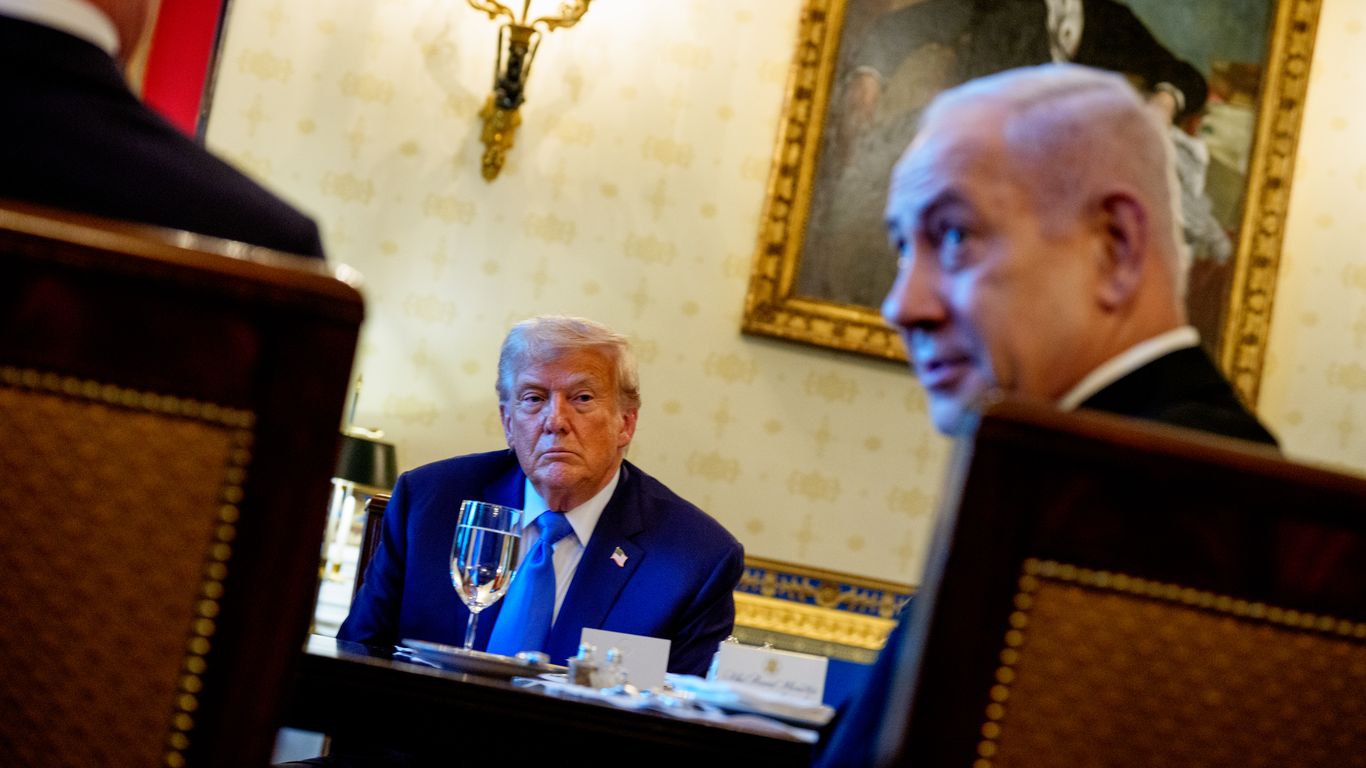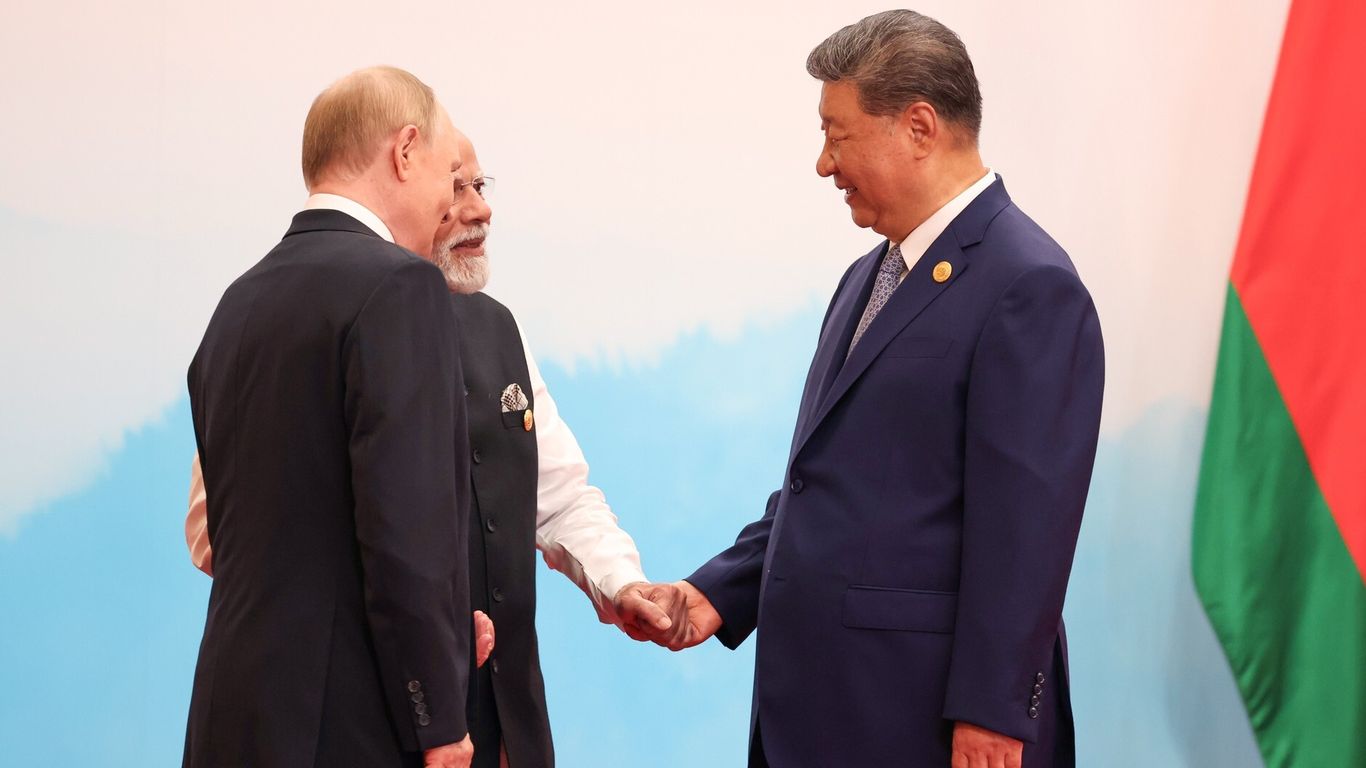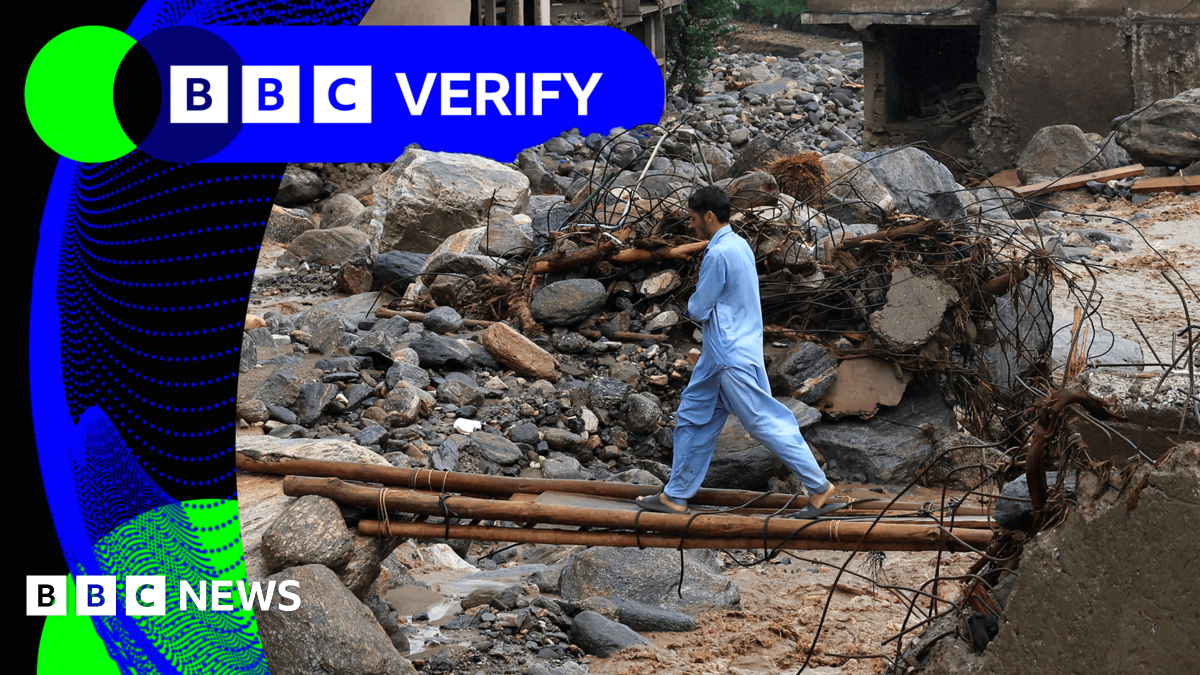Saudi Arabia and Pakistan Sign Mutual Defense Pact
#saudi_arabia #pakistan #mutual_defense #nuclear_capabilities #alliance

Introduction
Saudi Arabia and Pakistan have signed a mutual defense pact in response to Israel's attack on Qatar. This agreement pledges that any attack on either nation will be considered an attack on both, strengthening their alliance and sending a clear message to their enemies.
Historical Context
This is not the first time that Saudi Arabia and Pakistan have formed a defense pact. In 1982, they signed a similar agreement in response to the Soviet invasion of Afghanistan. This current pact is a renewal of that alliance and a reminder of their strong historical ties.
Nuclear Capabilities
Pakistan is one of the few countries in the world with nuclear weapons, and this pact adds a layer of protection for Saudi Arabia, which has been facing increased threats from regional powers. While the details of their defense plans have not been disclosed, it is clear that both nations are committed to each other's security.
About the Organizations Mentioned
Israel
Israel is a highly developed democratic country in West Asia, known for its advanced free-market economy and significant contributions to global business and technology sectors. Established in 1948, Israel has grown into a regional powerhouse with a population of approximately 9.5 million as of 2025. It is the only country with a Jewish majority population and operates under a parliamentary democracy with strong political rights and civil liberties[2][5]. Israel's economy is among the most sophisticated in the Middle East, ranked 25th globally by nominal GDP according to the IMF in 2025. It boasts the second-largest number of startups worldwide, only behind the United States, and the third-largest number of companies listed on NASDAQ after the U.S. and China. This vibrant tech ecosystem attracts major multinational corporations such as Intel, Microsoft, Apple, IBM, Google, and Facebook, all of which have established research and development centers in Israel, often marking their first overseas R&D presence there[1]. The country’s main economic drivers include high-tech industries, industrial manufacturing, and diamond cutting and polishing, with the diamond sector accounting for 21% of exports in 2017[1]. Israel’s technological innovation extends to energy, with recent discoveries of natural gas reserves and a growing solar energy industry aiming to reduce dependency on imports[1]. Despite its small size, Israel's infrastructure rivals developed nations, supported by a sophisticated welfare state and a powerful military known for advanced capabilities, including nuclear weapons[1]. Regionally, Israel faces ongoing geopolitical instability and conflict, which influence its security policies and international relations. Internal and external tensions persist, particularly regarding the Palestinian territories, impacting both domestic and foreign policy dynamics[3][4]. Public opinion within Israel reflects concerns about international respect and peace prospects[6]. Overall, Israel stands out as a dynamic hub of innovation, economic resilience, and geopolitical significance, making it a critical player in global business and technology news.
Qatar
Qatar is not an organization but a country located in the Middle East, known for its significant contributions to global business, technology, and social development. Here is a comprehensive summary of Qatar's key aspects: ## Overview Qatar, officially the State of Qatar, is a constitutional emirate with a hereditary monarchy. It is ruled by the Āl Thānī family, with the current emir being Sheikh Tamim bin Hamad Al Thani. The country's government structure includes a Council of Ministers and an advisory Shura Council, although the latter's electoral component was abolished in 2024[4]. ## History Qatar's history is marked by its transformation from a small tribal state to a major economic power. After World War II, oil revenues significantly increased, leading to rapid modernization and political stability within the ruling family[4]. In 2003, a new constitution was approved, which initially provided for the election of the Shura Council, but these elections were repeatedly delayed until 2021 and later abolished[4]. ## Key Achievements - **Economic Diversification**: Qatar has successfully diversified its economy beyond oil and gas, with non-oil sectors contributing over 60% of GDP in 2024[8]. Tourism, logistics, and financial services are key drivers of this diversification. - **Global Events**: Qatar hosted the FIFA 2022 World Cup, which was a significant achievement in terms of infrastructure development and international visibility[8]. - **Investment and Development**: The government has allocated substantial funds for major projects, including education and healthcare, with a budget of $5.3 billion for education and $6 billion for health in 2025[2]. ## Current Status Qatar continues to invest in strategic sectors like education, healthcare, and environmental sustainability. The country is hosting the Second World Summit for Social Development in 2025, focusing on inclusive social development[6]. Its GDP per capita is among the highest
Soviet
The term **"Soviet"** in your query appears to refer broadly to the military organization and formations of the Soviet Union, rather than a specific company or business entity named "Soviet." Based on the search results, the Soviet military, particularly its infantry and mechanized formations during the mid-20th century, was a highly structured and evolving institution critical to its wartime and postwar operations. The **Soviet Armed Forces** were organized into various units such as rifle battalions, rifle corps, mountain rifle divisions, motor rifle divisions, and mechanized and tank corps. These formations were designed primarily for ground combat during World War II (known as the Great Patriotic War in the USSR) and the Cold War era[1][2][3][5][6]. **Rifle battalions and companies** were the backbone of the Soviet infantry, with detailed organizational structures including command ranks, political officers, specialist roles, and non-commissioned officers. For example, a typical rifle company in 1944 had a stable headquarters staff consisting of a company commander, political officer, senior NCOs, and specialized roles like snipers and medics[1][4]. The organization evolved over time to optimize combat effectiveness, such as changes in weapon distribution and command structure. **Rifle corps** were corps-level formations usually comprising three rifle divisions. They were primarily combat formations with minimal logistics, smaller than their Western counterparts but essential for large-scale Soviet military operations. The structure was affected by wartime leadership shortages and strategic needs[2]. **Mechanized and tank corps** were more mobile, combining infantry and armor to spearhead breakthroughs and exploit enemy weaknesses. These corps included tank brigades, motor rifle battalions, reconnaissance, anti-tank, anti-aircraft, and sapper units, reflecting a complex and coordinated combined-arms approach[5]. Post-WWII, the Soviet military continued to refine its units, with motor rifle divisions becoming a
Afghanistan
The query appears to refer to "Afghanistan" as an organization, but Afghanistan is a country, not an organization. Assuming you want a comprehensive summary about Afghanistan as a socio-economic and geopolitical entity relevant to business and technology news, here is a detailed overview: **Afghanistan** is a country in South-Central Asia that has faced profound challenges and transformations, especially since the Taliban takeover in August 2021. Its economy sharply contracted due to the sudden disruption of international aid, frozen foreign reserves, and loss of access to the global banking system, which caused widespread service interruptions and an exodus of skilled workers[1][6]. Despite these setbacks, Afghanistan’s GDP showed modest growth of about 2.5% in 2024, driven mainly by agriculture, mining, construction, and commerce sectors, while manufacturing and services remain constrained by trade barriers, political instability, and a difficult business environment[1][6][9]. The country struggles with a fragile banking sector, regulatory uncertainties, and rising non-performing loans, which hampers investment and economic stability[1][6]. Afghanistan also faces a significant trade deficit due to rising imports outpacing exports, exacerbating external vulnerabilities[1][6][9]. Rapid population growth and the return of over 1.5 million refugees in 2025 have strained public services and job creation, further complicating economic recovery[4][9]. On the humanitarian front, more than half the population requires urgent aid, with millions facing severe food insecurity and malnutrition[2][8]. Restrictions imposed by the Taliban on women's employment, education, and movement have severely impacted the healthcare system and overall human capital development[2]. The country also remains heavily affected by explosive remnants of war, which hinder agricultural and infrastructure development, causing numerous casualties annually[8]. In terms of governance and human rights, Afghanistan faces challenges including extrajudicial killings, arbitrary detentions, and persecution of vulnerable groups, which continue to undermine stability an












